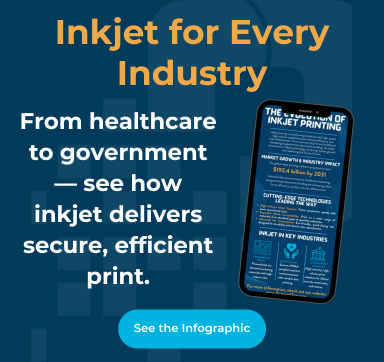Imagine this: You're the CEO of a company on your way into work in the morning. You are running late but, you decide to stop for coffee anyway. You drive into the office parking lot and you notice there is a ton of traffic. You decide to pull around the corner and immediately, you see it. A fire has erupted, and its in your office building. The area is taped off and no one is allowed inside…
When there is an event that will affect your company's data, will you be ready for it?
As we all know, this is most business owner’s biggest nightmare. No, I am not talking about the fire. Some business owner's live with the mentality, "This will never happen to me." More specifically, I'm talking about having to close the doors to your business, which adds a new layer to the nightmare. There are a number of different disasters that can affect a business. Fires, floods, hurricanes and human error, its not a question of if it will happen to you but, when it will happen to you.
In technology, you never know when or where the breakdown is going to occur. It could happen on your most basic workstation, or it could happen on your most mission-critical server. Technology has no rhyme or reason, and the disaster will not always target the same point. This has its pluses and minuses. On a positive note, your critical machines are not always the target. These disasters can be easier to navigate. With that said, you can never be sure where the issue will occur. Its best to plan and prepare for the worst types of disaster.
Disaster Recovery - Plan for the worst and hope for the best
Going back to our imaginary situation, let’s take a look at the different protection options and how they could be used. Fair warning, we're about to get technical down below. If you have questions about how to protect your businesses sensitive data from disaster, it may be time to contact the experts.
Hybrid Solution
This means you should have a copy of your backup both locally and in the cloud. If you only have a local backup in our imaginary situation, there is a good chance that the data will be destroyed. On the other hand, if you only have your data offsite, your recovery options might be limited. Having your data locally and in cloud storage is the only way to guarantee full recovery of your data.
File Level vs. Image Level Storage
If you are working at the file level, your restore options are very limited. You can restore file by file, or in some instances, you can choose a file rollback, but this would just be at the file level. This solution would not assure protection of the total system, let alone the applications at play. If you go with an image level solution, you capture the entire system. Once you have an image, your restore options increase. Images can allow Bare Metal Restore, Virtualization, or even changing from a physical to a virtual environment, whatever your platform allows. One thing to consider though is, much like every square is a rectangle but not every rectangle is a square, an image is needed for these additional restore options, but not every image-based solution will provide you with these functions. Make sure to do your research!
Virtualization
The last element to touch on is the ability to Virtualize. Virtualization is going to provide you with business continuity, and ultimately, minimization of downtime and maximization of revenue. Without virtualization, your ability to get back up and running can be delayed by many factors. If delayed long enough, doors could be closed for good.
Options with Data Recovery
At this point you might be thinking to yourself, “It sounds like a lot goes into providing yourself with business continuity.” If you are saying that, you're right. With that said, you do not want to be caught without it. We need these types of functions because our IT systems are required 24/7. The number of disasters are increasing at a steady pace both natural disasters and Ransomware attacks, and small businesses don't have the same flexibility as Enterprise companies. If those reasons aren’t enough, calculate the cost of your downtime. Make sure you don’t leave anything out, this means lost revenue, hourly wages, and any other costs you may come across.
To conclude, don’t become a statistic. Disasters are real. They come in all shapes and sizes with the potential of huge costs against your business. The best way to protect yourself is to have a solution that is:
- Hybrid in nature
- Image Level Backup
- Providing you with Virtualization restore options
Make sure that you are planning for the largest possible disaster, and make sure that the tools and the resources you are using align with the needs of your company. Also, don’t think you have to do it alone. There are professionals out there! For more information, contact SumnerOne.
About the Author - Leif McKinley
 Leif McKinley is a Channel Sales Executive for Datto, a Business Continuity vendor that focuses on business up time. He has been with Datto for 6 years as they have grown from a single purpose BDR device to a full service Total Network Protection provider covering all data protection and networking needs. Prior to working at Datto, Leif sold Life, Disability, and Long-Term Care insurance where he was able to gain risk management experience. He saw the value that a risk management specialist can add to technology and continues to focus on the intersection between these two fields.
Leif McKinley is a Channel Sales Executive for Datto, a Business Continuity vendor that focuses on business up time. He has been with Datto for 6 years as they have grown from a single purpose BDR device to a full service Total Network Protection provider covering all data protection and networking needs. Prior to working at Datto, Leif sold Life, Disability, and Long-Term Care insurance where he was able to gain risk management experience. He saw the value that a risk management specialist can add to technology and continues to focus on the intersection between these two fields.
 FREE EBOOK DOWNLOAD
FREE EBOOK DOWNLOAD

















